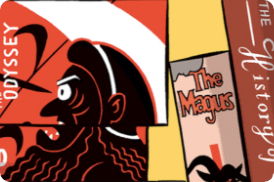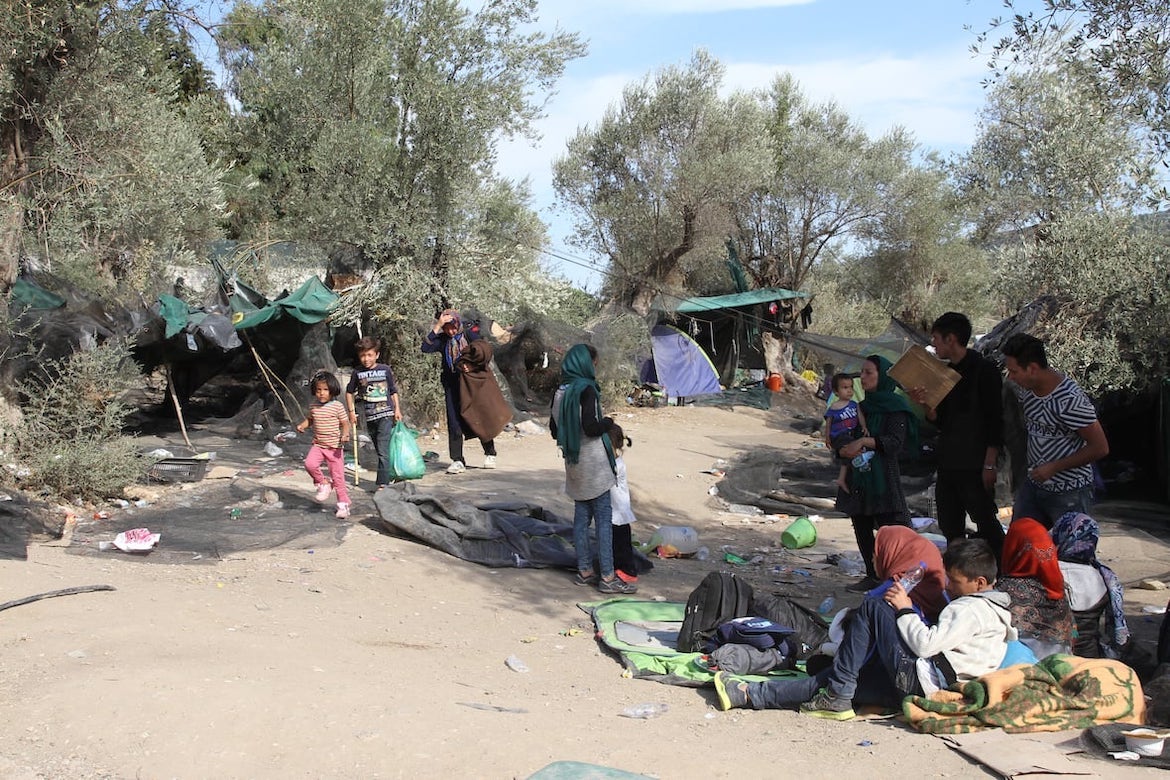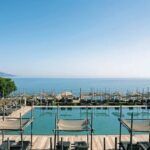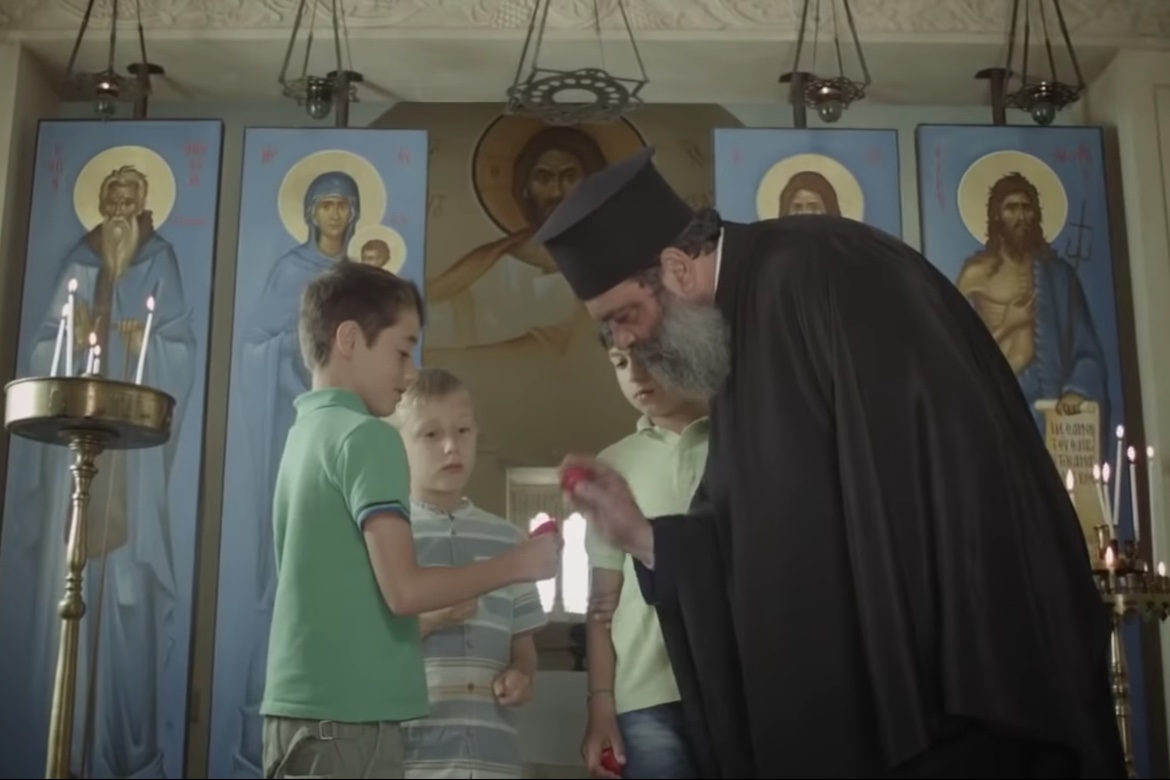While international aid works warn of an impending catastrophe on Greek islands where thousands of refugees are trapped in barbed wire camps, new statistics released from the Greek Minister of Citizens Protection reveal just how overcrowded the camps really are.
The latest update from the Aegean islands, dated September 16, 2019, shows hotspot capacity versus actual occupancy. The numbers are startling.
| Island | Hostpot Capacity | Actual Occupancy |
| Lesvos | 3,000 | 10,619 |
| Samos | 648 | 4,946 |
| Chios | 1,014 | 3,218 |
| Kos | 816 | 2,626 |
| Leros | 860 | 1,330 |
| OVERALL | 6,338 | 22,739 |
Based on the table above, the hospots have more than three times the number of inhabitants than they can handle.
According to numerous reports, even basic services such as water and food supply, toilets and showers are insufficient. At the Moria camp, which has been described as “hell on earth,” workers couldn’t find open space to install new portable toilets.
Sophie McCann, a representative of the aid agency Doctors Without Borders (Médecins Sans Frontières), spoke to Helena Smith at The Guardian and shared a list of things she’s experienced inside the camps in Greece — “the degradations of life” as Smith referred to in her piece.
“The level of human suffering is just indescribable,” says McCann, adding that incidents of self-harm, even among toddlers, have risen sharply. “I struggle to find the right words because none can convey the sheer misery and inhumanity of a situation that in Europe is frankly unbelievable.”
Suicide attempts by children as young as seven years old, countless instances of self-harm, scorpion bites and maggot-laden food are everyday occurrences in refugee camps in Greece where almost 30,000 human beings are currently housed.















